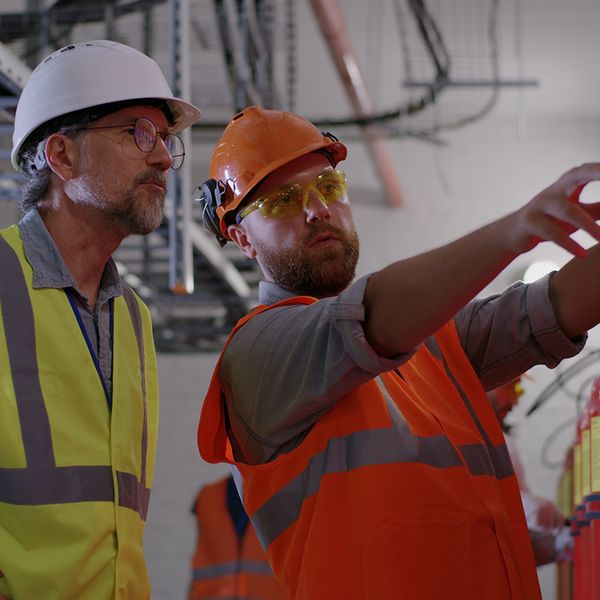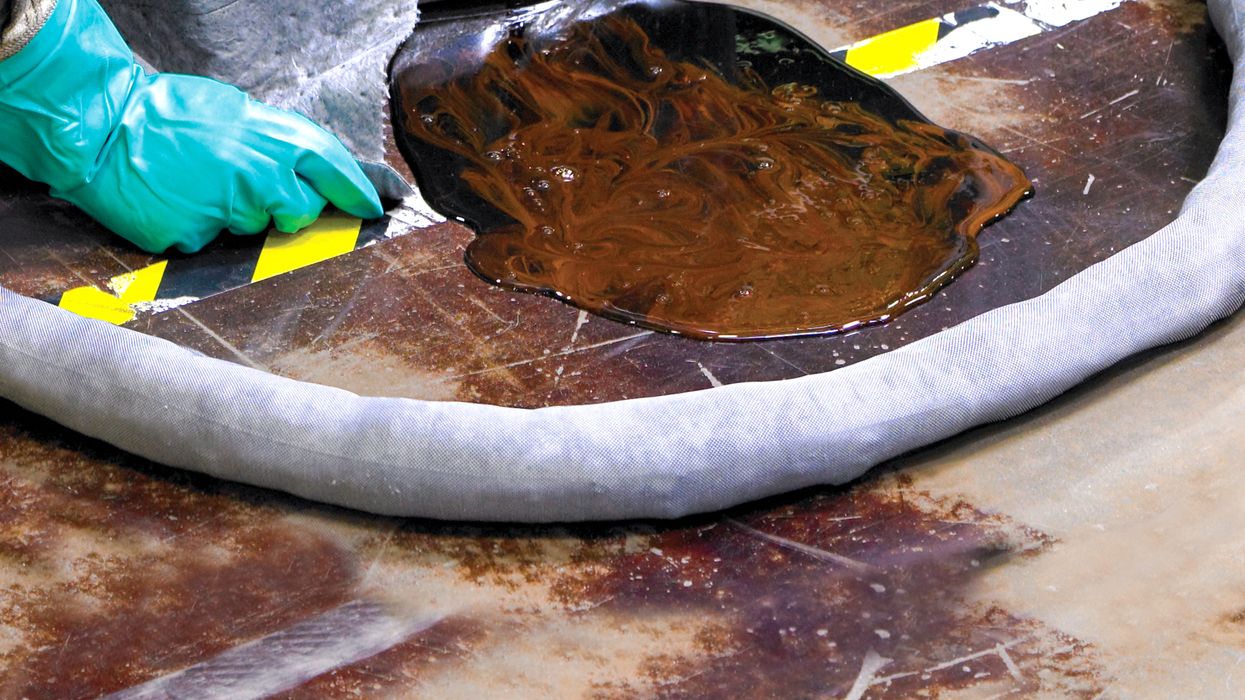Wrong, that’s an inspection not an audit!
Let’s clear this up right away. Some companies who think and say they do audits are really doing inspections. However, audits are different than inspections.
Inspections versus audits
Inspections are necessary to look at the facility, the process, and the individual jobs to identify and then eliminate or control any hazards that may exist. That makes inspections an extremely valuable and important safety tool.
Click on the link to learn about Who Is Covered by the OSH Act.
Compare that with an audit, which is defined as a process of verifying whether an established safety system conforms to defined criteria and that the system is effective. In other words, an audit would be used to check how an employer’s inspection process is working. An audit usually involves a survey of the workplace to:
- Identify what regulations apply to a company or facility.
- Determine whether workplace safety requirements and corporate policies and procedures regarding compliance are being followed.
- Assess management systems currently in place to ensure compliance. An audit may also look at and evaluate the methods used to achieve compliance.
Safety and health management system
For this reason, going beyond the simple inspection process and implementing an effective audit program is critical to an effective safety and health management system.
The fact is many companies are looking to move beyond compliance with OSHA regulations toward implementing comprehensive safety and health management systems.
Benefits of audits
There are numerous benefits to an audit if it is properly conducted and acted upon. First, an audit can help to identify and correct regulatory problems, which can improve workplace safety and help reduce company and personal liability.
The second benefit of an audit is that it can serve as an educational tool. It can increase employee awareness and understanding of environmental and safety regulations, and the audit process can also be an opportunity to demonstrate your company’s commitment to compliance.
Third, audits can potentially identify ways to improve the efficiency and cost-effectiveness of a compliance program.
Finally, workplace audits may be viewed favorably by regulatory agencies and criminal prosecutors. A thoroughly completed audit with proper follow-up can signal that your company is making a good-faith effort to comply with applicable regulatory requirements.
Key to remember
An audit focuses on program activities and seeks to determine whether specific objectives have been met. It is more than just a regulatory check; it involves looking at the safety management system to identify strengths and weaknesses.
































































